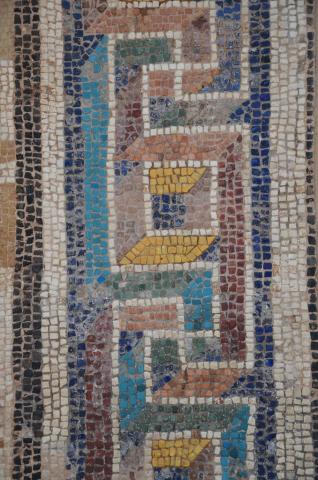Building the program: By the end of the Program Committee’s meeting all submissions have been vetted and it is possible to start building the paper sessions and arranging the morning, mid-day, and afternoon time blocks for the Annual Meeting.

Paper sessions and presiders: Individual submissions (papers and lightning talks) are placed into papers sessions with others on related topics. The number of accepted papers is usually more than 200, the number of sessions is usually around 30. For any given paper the number of possible “related topics” is usually substantial, and various assemblages are considered until there is a session for every paper. Given the available time blocks of 2.5, 2, and 3 hours, sessions have to include four, five, or six papers. So if there are 7 papers on, say, Greek tragedy, they are not all going to be together. Or if there are 2 papers on, say, Latin linguistics, they will find themselves in a session or sessions that include other topics.
Time blocks: Once the paper sessions are set, they can be slotted into the morning, mid-day, and afternoon time blocks along with all of the program-unit submissions. The number of papers in any given session is only one of many criteria considered. We try to avoid putting sessions with similar topics in the same time slot, we have to avoid scheduling participants in time slots when they will be at an SCS meeting, we try to put pedagogy sessions on days that would be possible for local K-12 teachers, and so on. Virtual and hybrid meetings impose the additional constraint of time zones: we don’t want to ask people to present papers in the middle of their night, for example.
In the fall this draft schedule is merged with a list of the many meetings and events that take place during the Annual Meeting (example, the Presidential Panel, the play put on by the Committee on Ancient and Modern Performance, the networking workshops sponsored by the Placement Committee, and more) and posted to the SCS website.
Conclusion: All in all, building the program for the Annual Meeting is a complex and time-tested process. But it is not set in stone: the Program Committee is always looking for ways to improve the process and create a more robust and representative program. We therefore welcome suggestions and input from the membership, which can be submitted to us via the link, https://forms.gle/M8nLzVnRsB2qvM8L9
Image: "Preserved portion of a mosaic floor discovered near Corinth which adorned the dining room of a luxurious Roman house, 2nd or early 3rd century AD, Archaeological Museum of Ancient Corinth, Greece" by Following Hadrian is licensed under CC BY-SA 2.0
